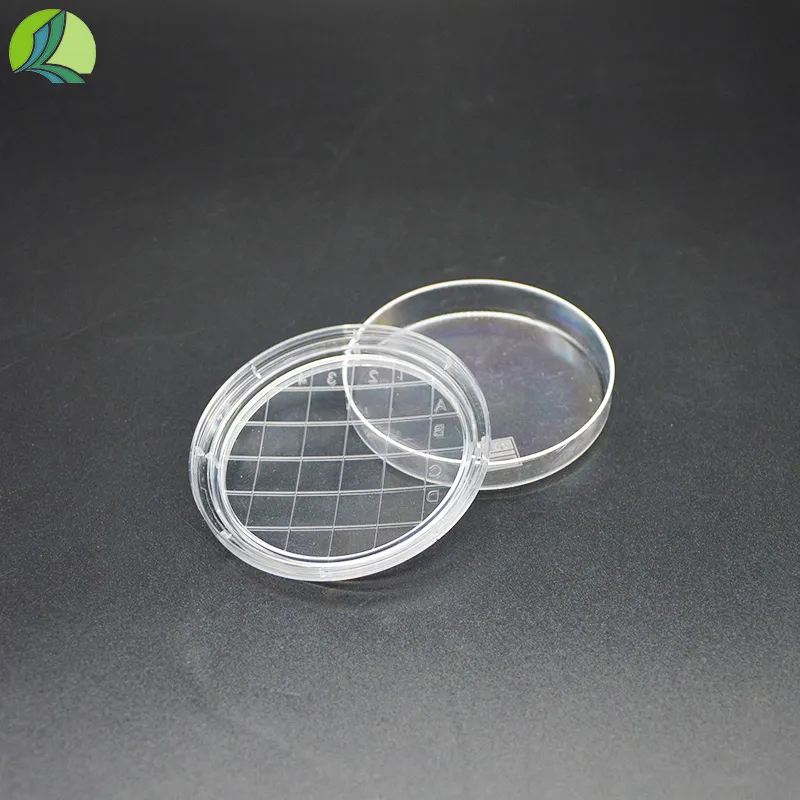Choosing the Right Eye Dropper Size for Accurate Liquid Measurement in Milliliters
The Eye Dropper An Essential Tool in Dosage Precision
The eye dropper, a seemingly simple tool, plays a crucial role in the precise application of liquids, particularly in the fields of medicine, cosmetics, and culinary arts. Typically made from glass or plastic, eye droppers are used to dispense small amounts of liquid, measuring in milliliters (ml) for accurate dosages. This article delves into the significance of eye droppers, their various applications, and why measuring liquids in ml is essential.
Understanding Eye Droppers
An eye dropper consists of a narrow tube with a rubber bulb at one end that creates suction. This design allows users to draw liquid into the dropper and subsequently release it in controlled drops. Eye droppers are often graduated, featuring measurement markings along the side, which facilitates precise dosing. The ability to dispense liquid in such small quantities makes the eye dropper invaluable in many industries.
Medical Applications
In healthcare, eye droppers are indispensable for administering medication. Many prescription and over-the-counter eye drops, for instance, require precise dosing to ensure efficacy and safety. The risk of overdose or inadequate treatment greatly diminishes when dosages are measured accurately in milliliters. In pediatric care, where dosages are often calculated based on body weight, the eye dropper provides a simple yet effective means of delivering the correct amount of medicine to young patients.
Moreover, eye droppers are frequently used in home remedies and self-medication, allowing individuals to treat minor ailments without the need for professional assistance. From administering saline solutions for nasal congestion to applying soothing oils for skin conditions, the eye dropper ensures that patients can apply remedies precisely as needed.
eye dropper ml

Cosmetic Uses
The cosmetic industry also relies heavily on eye droppers for various products, including serums and essential oils. Many skin care formulations require precise amounts to achieve desired results without wasting expensive ingredients. For instance, when applying facial serums, just a few drops can make a significant difference in texture and effectiveness. Products that come with eye droppers often advertise their dosages in milliliters, highlighting the importance of accurate measurement in beauty routines.
Additionally, the use of eye droppers in cosmetics allows for replication of results. Beauty enthusiasts can consistently achieve the same application strength by measuring carefully, which is particularly important in serums that are designed to treat specific skin concerns.
Culinary Applications
Eye droppers have also found their way into the culinary world. Chefs and home cooks use them for precise measurements of flavorful liquids like extracts, oils, or vinegar in gourmet cooking. When a recipe calls for a dash of flavor, an eye dropper provides the ability to control the exact amount added, ensuring that the dish achieves the perfect taste balance. Moreover, in molecular gastronomy, eye droppers help create visual presentations where liquids are added drop by drop for aesthetic effects.
Conclusion
The eye dropper, although a small and often overlooked tool, is fundamental in various domains. Whether in medicine, cosmetics, or the culinary arts, its ability to dispense precise amounts of liquid—often measured in milliliters—ensures accuracy and effectiveness. As we continue to innovate and explore new applications for this simple tool, it remains a staple that bridges the gap between necessity and precision. Understanding its importance can empower users across different fields to enhance their trade, be it in health, beauty, or food.
-
Aesthetic Makeup Spray Bottles | Fine Mist Empty RefillableNewsAug.19,2025
-
White Plastic Veterinary Vaccine Vials | Lab Liquid BottlesNewsAug.18,2025
-
Plastic Medicine Liquid Bottle: Secure Flip Top Drug VialsNewsAug.17,2025
-
Durable 250ml Blue Plastic Vaccine Vial for Lab & Vet UseNewsAug.16,2025
-
Sterile Virus Sample Tubes: Secure & Reliable Specimen CollectionNewsAug.15,2025
-
White 250ml Plastic Vaccine Vial for Lab & Vet MedicineNewsAug.14,2025
























